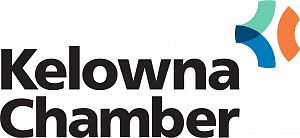
Anyone who has ever tried tracing their family tree knows what a thrill it is to find the names of their ancestors on official documents. It can be like finding a needle in a haystack or striking gold.
One of the best sources of official information is the census. Censuses have been used for centuries to record information about mothers, fathers, children, and peoples’ ways of life, income and occupations. To see the name, address and profession of an ancestor who lived a hundred years ago or more can be quite exhilarating.
The first census in Canada was conducted by Jean Talon, a civil administrator, in 1666. The census counted all 3,215 inhabitants of European descent and logged their age, sex, marital status and occupation. Talon conducted the census to gather information that would help plan and develop the colony.
In fact, Talon was so committed to the process that he collected much of the information personally, visiting settlers throughout the colony. The rest, as they say, is history, Canadian history. The census has evolved over time into the modern census we have now that takes place every five years. This year marks the 350 year anniversary of the first census.
To make it easier for your descendants to trace their family tree 100 years from now (census records are kept sealed for 92 years), jot down May 2 in your calendar this year. You will be receiving a package in the mail inviting you to complete the census online or on paper.
The 2016 Census is mandatory for all Canadians. Three in four households will receive a short-form census, while one out of four will receive the long-form census. The only difference between the two is more detailed questions in the long-form, about things like citizenship and immigration status, birthplace of parents, education, income, housing, child care and other support payments and employment history.
-KCC

